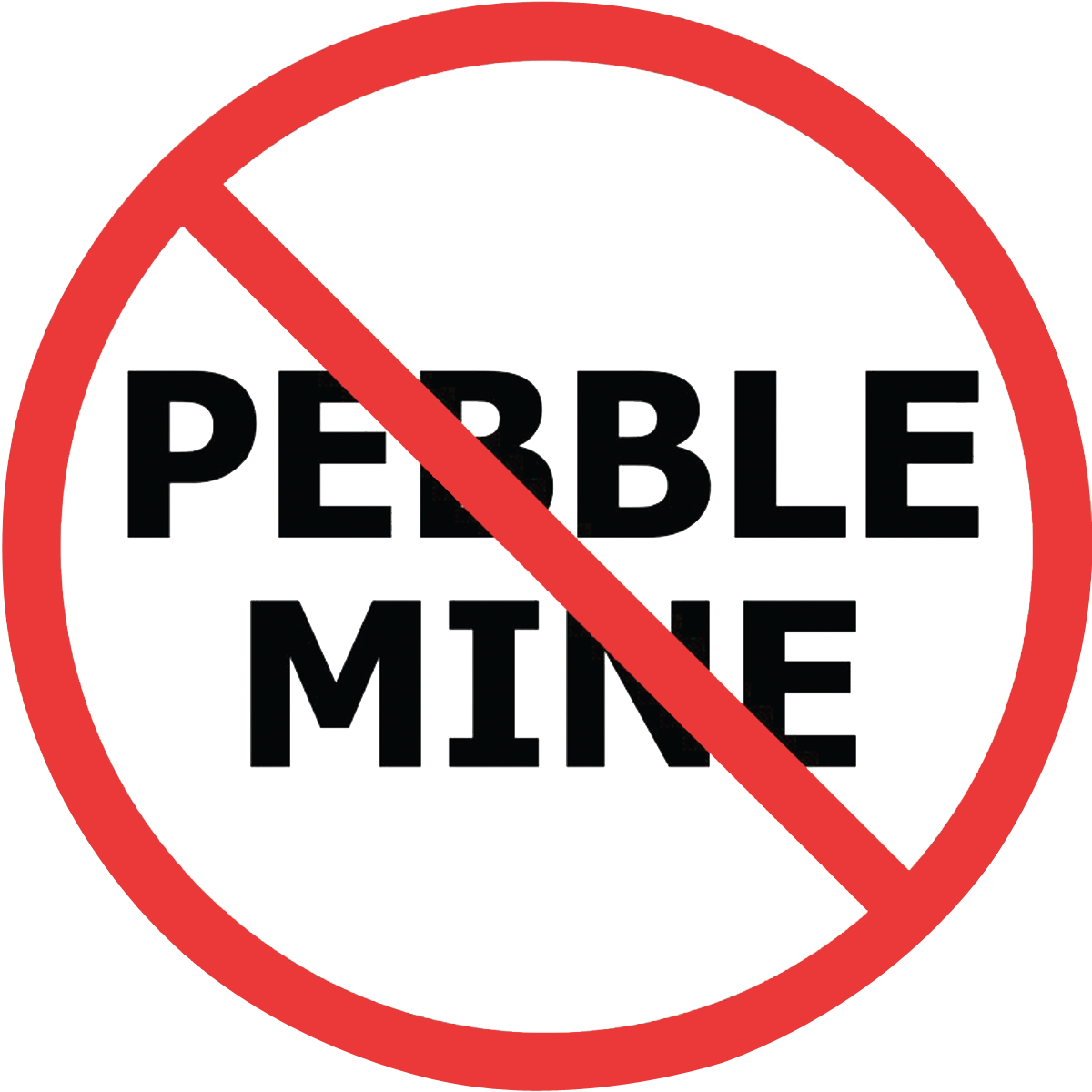We’ve been saying it since February: the Draft Environmental Impact Statement (DEIS) - a key document in the permitting process - for the proposed Pebble mine is so bad. It’s so bad it fails to address many of the most serious potential environmental, economic and social impacts that the mine could wage on the Bristol Bay region—such as a potential tailings dam failure, its inevitable future expansion, and important fish and water quality impacts. But it hasn’t just been anglers, commercial fishermen, tribes and millions of Americans that have shared such concerns. Government agencies, including the Environmental Protection Agency, the Department of the Interior and the State of Alaska have also weighed in to say the DEIS is lacking in almost every regard.
If you compile the direct quotes and comments from agencies that highlight all the scientific shortcomings of the DEIS, they total more than 600 pages. Each page carries the same message: the DEIS for Pebble is incomplete or outright wrong.
Check out the tool and read some of the comments agencies made on the DEIS here.
We’ve known about these comments for months, but now is when they really matter. Senator Lisa Murkowski has directed the U.S. Army Corps of Engineers, the lead agency reviewing the permit application, to fix each of the shortcomings and to incorporate that new information into in its Final Environmental Impact Statement (FEIS). If the many concerns raised by state and federal agencies, independent experts, and the public at large cannot be addressed, common sense dictates the Corps should deny the permit.
However, the Corps maintains it will stick to its initial timeline and release a FEIS in early 2020. This is a major problem. The numerous concerns cited by agencies represent fundamental issues with Pebble's plans that leave Bristol Bay at risk. In reviewing them, there is NO way the Corps and Pebble can reasonably address each issue before next summer.
It takes years to conduct some of the scientific studies that are needed to fully understand the impacts that Pebble would have on the region - after all, each year’s salmon run isn’t the same. Since Pebble spends significant amounts on lobbying and lawyers instead of scientists and engineers, this means any FEIS issued this spring will, once again, fail to address many of the most serious impacts the proposed mine would have on the fish, people, and fish-based industries of the region.
Without a full picture of the potential impacts this ill-conceived project will have, and the unprecedented extent of the likely impacts we already know about, the Pebble permit must be denied. To continue the permitting process with known errors and omissions would be unacceptable.
The early months of 2020 present a new reality in the fight against this project- we are nearly out of time. Not only is the Corps stubbornly pushing forward despite overwhelming science and public opposition to the project, but the Corps anticipates reaching a final decision on Pebble’s most important federal permit in May 2020. If Pebble gets this permit, it will be on track to start digging in the headwaters of Bristol Bay within a few years.
But rest assured, we are still fighting, and we will do everything we can to prevent Pebble from obtaining this permit.
But we need your help. Please contact your elected officials today and make sure they hold Pebble and the Army Corps of Engineers accountable. Please remind them that even if they were able to address every inadequacy of the DEIS, we would still say “no” to Pebble in Bristol Bay. The time is now- take action today.

